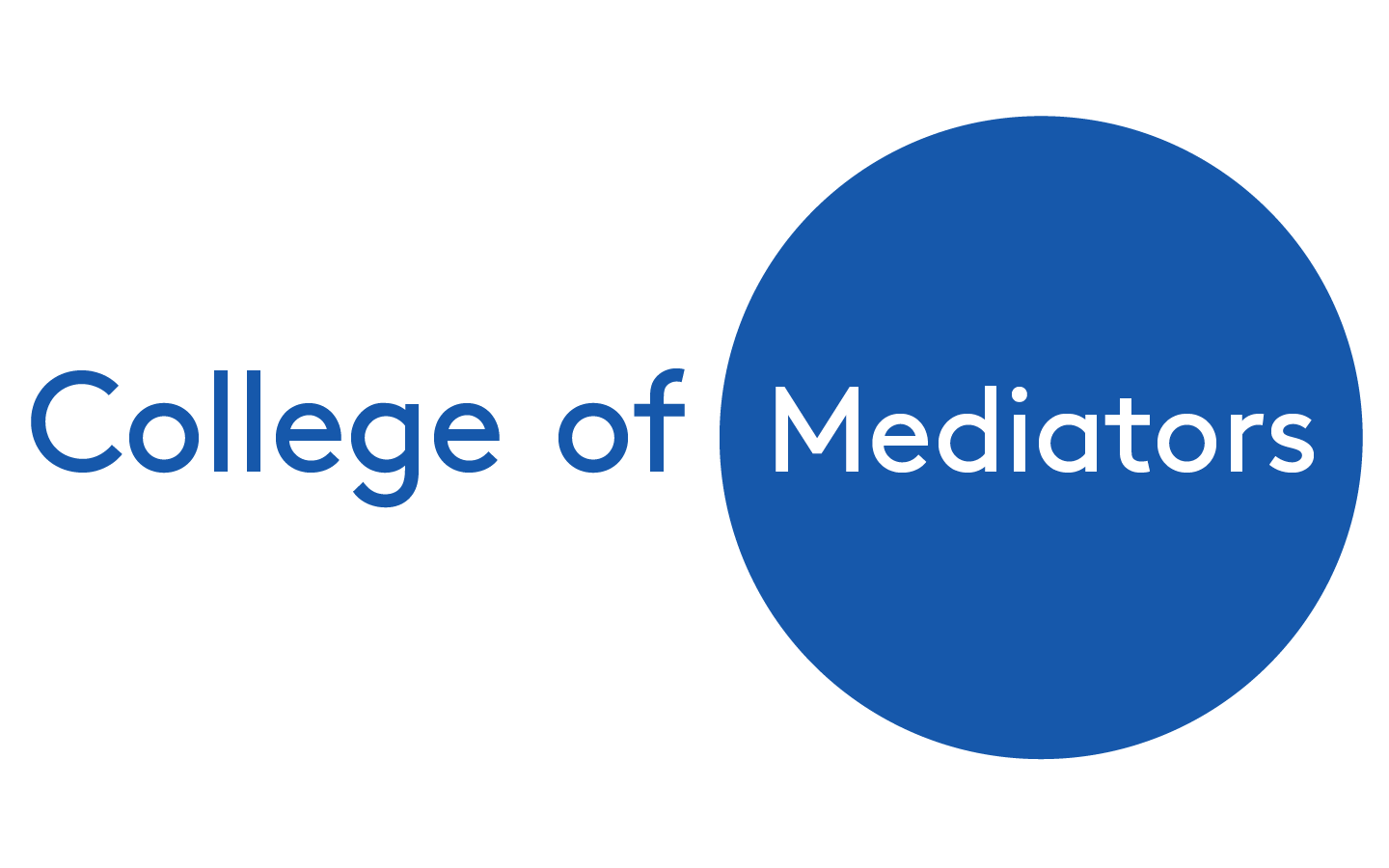Book Review by Patrick Scott – Dealing with Disputes and Conflict
Book Review by Patrick Scott – Mediator, Isle of Arran, Scotland
Described by the author as a “self-help tool-kit for resolving arguments in everyday life”, the book certainly achieves that goal but is also a useful reference for experienced and novice mediators alike. Written in an accessible format, it contains many tips and suggestions on how to get the best results from a mediation, and how to deal with difficult and challenging parties.
Tony Whatling starts by exploring some common definitions and principles of mediation, identifying the potential challenge to the lay mediator as being “an impartial third person”, a concept many experienced mediators struggle with in a different context.
Some interesting points are made – sometimes skilful and experienced mediators neglect summarising as a tool for fear of failing to summarise correctly. He also explains the importance of “active listening” and describes in some detail how this can be achieved. “It is not enough for the mediator to be listening and understanding, the speaker must know and feel this to be so, and the periodic summary conveys this cogently”. The same can be said of impartiality – it is not sufficient for the mediator to be impartial, but he or she must also be perceived by the parties as being impartial. The importance of eye contact, the use of open and closed questions and positional bargaining versus needsled negotiations are also covered in an easily accessible manner.
The book covers “additional strategic interventions beyond core toolbox skills”, covering aspects such as normalising, mutualising, reframing, concatenation and the Jujitsu approach, some of which were alien concepts to me. There are interesting and useful observations, such as unless people in fixed positions experience doubts about their positions, they will not be psychologically or emotionally “fit enough” to negotiate a settlement, which provide useful advice to lay, novice and experienced mediators alike.
1 Tony Whatling has over 30 years’ experience as a family mediator, consultant and trainer, with a professional practice background in Social Work in Child Care, Adult Mental Health, Family Therapy, Area Team Management and Social Work Education. His first book, Mediation Skills and Strategies: A Practical Guide was published in 2012 and his second, Mediation and Dispute Resolution, in 2021.
Another interesting observation is that the strategies mentioned by the author “are designed to engender a gradual and progressive sense of uncertainty”, making it easier
for the mediator to help the parties towards a resolution.
“What are the known attributes of effective mediators?”, poses the author, pointing out that “very little has been written about the qualities of the mediator”. He then sets out a list of these qualities, including a sense of appropriate humour, physical endurance and the hide of a rhinoceros.
There is a good balance between mediation theory and practical advice, with a number of examples of the author’s vast experiences to emphasise the points that he postulates.
This not only assists the reader in understanding the principles, but adds an interesting dimension, making the book a “lighter” read than the usual academic work or educational guide. These examples make it easier for particularly lay mediators to obtain more insight into what they need to do to guide parties to a resolution.
Another useful topic, not often covered in mediation literature, is “the power of apology and reconciliation”. After setting out the key elements of an apology, Tony explains how the mediator approaches this sensitive issue, describing apology and forgiveness as “highly personal and idiosyncratic processes, emotionally and psychologically” and that they “should never be coercive or imposed by practitioners”.
Another aspect of mediation not often covered in works on mediation is the importance of ensuring safe practice. The author deals with co-mediation, covering both the benefits (such as providing reassurance to a novice mediator) and some difficulties (such as complications in who takes the lead and turn-taking). The use of humour is also covered, and the advice is to use humour carefully, respectfully and sensitively.
Finally, there is some useful advice on how to manage a mediation, with the timing of interventions by the mediator, time-out breaks for the parties and laying the ground rules for an effective mediation. Tony also offers some tips on how to avoid potential legal consequences and provides some important cautionary warnings to bear in mind, in ensuring that the parties are satisfied that the mediation is safe and that they want to proceed.
This book is available on Amazon and from the publishers, Routledge, in paperback, hardcover and on Kindle and would be a good inclusion in any mediator’s library.

